Hazard ratio vs relative risk How to explain the difference between hazard ratio and In survival analysis, the hazard ratio (HR) is the ratio of the hazard rates corresponding to the conditions described by two levels of an explanatory variable For example, in a drug study, the treated population may die at twice the rate per uniEnglishwise, they are correct it is the odds and the odds are based on a ratio calculation It is not , however, the odds ratio that is talked about when results are reported The odds ratio when results are reported refers to the ratio of two odds or, if you prefer, the ratio of two odds ratios That is, let us write Odds ratios approximate risk ratios when the outcome under consideration is rare but can diverge substantially from risk ratios when the outcome is common In this paper, we derive optimal analytic conversions of odds ratios and hazard ratios to risk ratios that are minimax for the bias ratio when outcome probabilities are specified to fall in any fixed interval

Chapter 6 Choosing Effect Measures And Computing Estimates Of Effect Cochrane Training
Cox regression hazard ratio and odds ratio
Cox regression hazard ratio and odds ratio-There can be substantial difference in the association of a risk factor with prevalent disease versus ;More on the Odds Ratio Ranges from 0 to infinity Tends to be skewed (ie not symmetric) "protective" odds ratios range from 0 to 1 "increased risk" odds ratios range from 1 to Example "Women are at 144 times the risk/chance of men" "Men are




Simple Way To Visualise Odds Ratios In R Stack Overflow
The odds ratio (OR) is the ratio of odds of an event in one group versus the odds of the event in the other group An RR (or OR) of 10 indicates that there is no difference in risk (or odds) between the groups being comparedThe risk ratio (or relative risk) is the ratio of the risk of an event in the two groups, whereas the odds ratio is the ratio of the odds of an event (see Box 92a) For both measures a value of 1 indicates that the estimated effects are the same for both interventionsA prevalence ratio, or ;
In every other way the hazard ratio is similar to odds ratio and relative risk wherein treatment efficacy is denoted by a hazard ratio of less than 10 in prevention trials and a hazard ratio of more than 10 in treatment trialsThe odds ratio ((a/c)/(b/d)) looks at the likelihood of an outcome in relation to a characteristic factor In epidemiological terms, the odds ratio is used as a point estimate of the relative risk in retrospective studies Odds ratio is the key statistic for most casecontrol studies However it's probably worth noting that whilst an odds ratio is derived from calculating the odds of an event in the intervention and the control arms expressed as a ratio The hazard ratio is derived from calculating the rate (number of events/time) in the intervention and the control arms expressed as a ratio
Odds ratio(OR) expresses the odds of having an event compared with not having an event in two different groups As long as the risk of the event of interest is low, OR and RR are approximately equal This is the case in most RCTs, so the use of one measure or the other is unlikely to have an important influence on treatment decisions Odds ratio An odds ratio (OR) is another measure of association that quantifies the relationship between an exposure with two categories and health outcome Referring to the four cells in Table 315, the odds ratio is calculated asThe hazard ratio interpretation is a little clunky It tells you the risk of an event in the intervention group compared with the control group at any particular point in time For example, a hazard ratio of 05 tells you that, at any particular point in time, the intervention group are half as likely to be experiencing the event of interest as the control group




Hazard Ratio In Clinical Trials Antimicrobial Agents And Chemotherapy
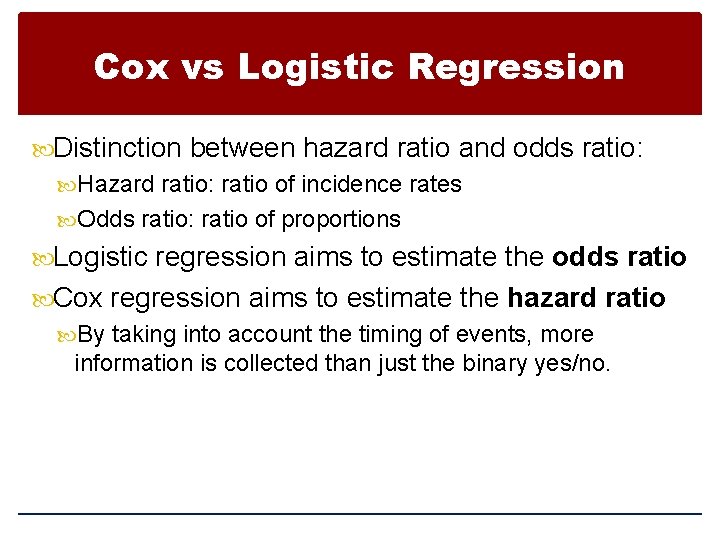



Introduction To Biostatistics For Clinical And Translational Researchers
Odds ratios and adjusting for confounding Researchers investigated the association of cerebral palsy with birth weight and Apgar score five minutes after birth A population based cohort study design was used The cohort consisted of 543 064 singletons born without malformations between 1986 and 1995 in Norway who had survived the first year For matched cohort data, such as studies of twins, risk ratios can be estimated with MantelHaenszel methods, conditional Poisson regression, or stratified proportional hazards models 48 A crude odds ratio can be converted to a crude risk ratio risk ratio = odds ratio/(1 − p0) (p0 × odds ratio), in which p0 is the outcome prevalence (risk) among the unexposed Rate ratios are closely related to risk ratios, but they are computed as the ratio of the incidence rate in an exposed group divided by the incidence rate in an unexposed (or less exposed) comparison group Consider an example from The Nurses' Health Study This prospective cohort study was used to investigate the effects of hormone replacement therapy (HRT) on




Chapter 6 Choosing Effect Measures And Computing Estimates Of Effect Cochrane Training
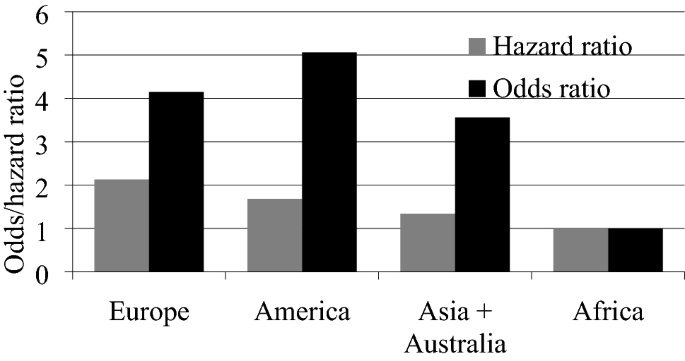



A Survival Analysis In The Assessment Of The Influence Of The Sars Cov 2 Pandemic On The Probability And Intensity Of Decline In The Value Of Stock Indices Springerlink
Switching the rows or columns inverts the odds ratio For example, the odds ratio for no cough given a history of bronchitis = (247/26)/(1002/44) = 0417 = 1/2397 This is the reciprocal of the OR for cough There are only two possible odds ratios, as switching both rows and columns gives us odds ratio we started with The basic difference is that the odds ratio is a ratio of two odds (yep, it's that obvious) whereas the relative risk is a ratio of two probabilities (The The Relative Risk Ratio and Odds Ratio are both used to measure the medical effect of a treatment or variable to which people are exposed The effect could be beneficial (from a therapy) or harmful (from a hazard) Risk is the number of those having the outcome of interest (death, infection, illness, etc) divided by the total number exposed to Hazard Ratios vs Risk Ratios (or Relative Risk) Hazard ratio is frequently interpreted as risk ratio



People Musc Edu Elg26 Talks Jnlclub Apr08 Pdf
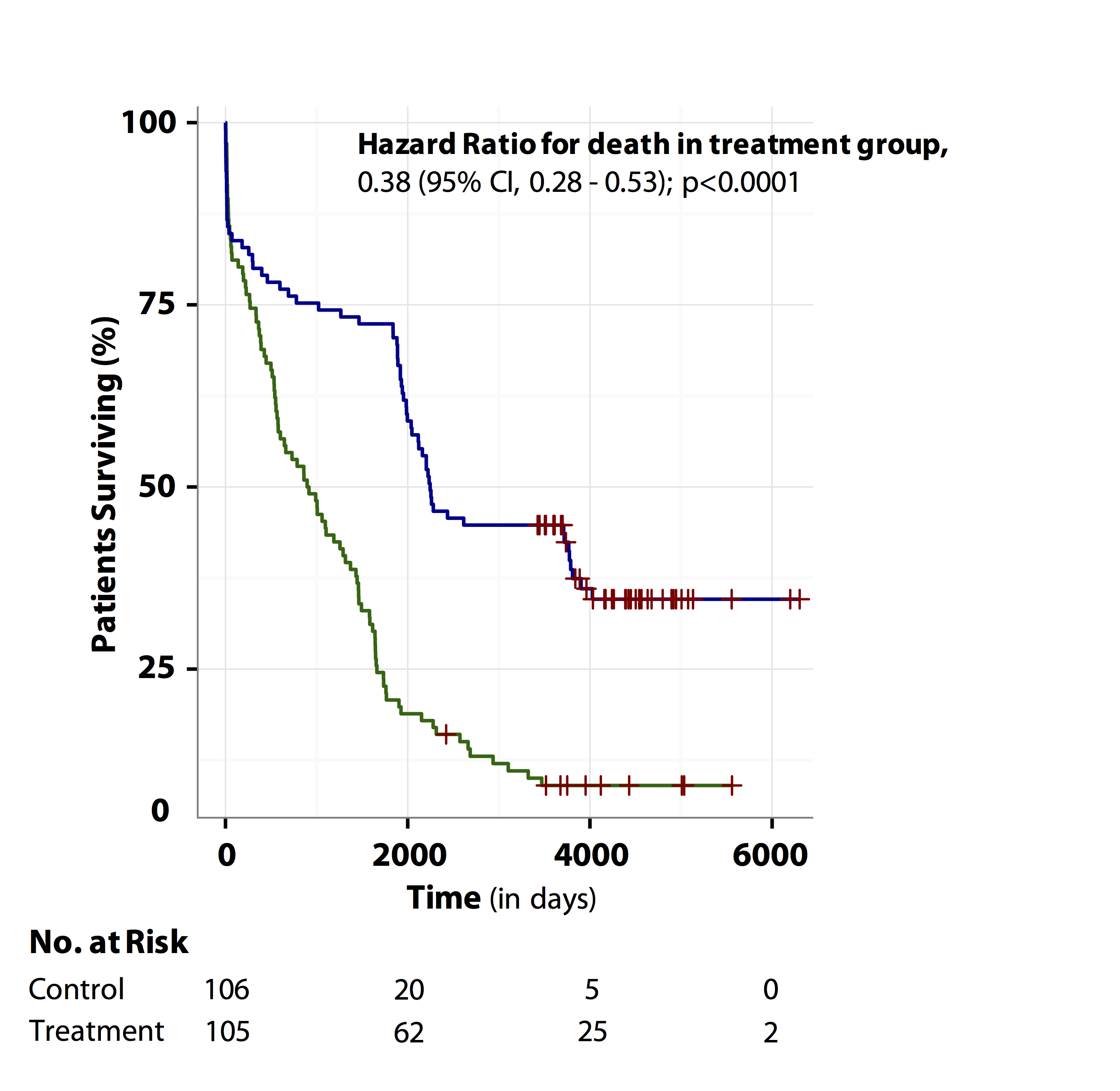



Tutorial About Hazard Ratios Students 4 Best Evidence
HR > 1 increase in the hazard; Odds ratio 1 ODDS Chance of event occurring divided by chance of event not occurring › For example, in 100 births, the probability of a delivery being a boy is 51% and being a girl is 49% › The odds of a delivery being a boy is 51/49 = 104 In simpler term, an odds of an event can be calculated as Number of events divided by number of noneventsRisposte 12 un odds ratio di 2 significa che l'evento è 2 volte più probabile dato un aumento di una unità nel predittore Significa che le probabilità raddoppieranno, il che non è uguale al raddoppio della probabilità Nella regressione di Cox, un hazard ratio di 2 significa che l'evento si verificherà due volte più spesso in ogni



1



Hazard Ratio Vs Odds Ratio ただの悪魔の画像
A hazard ratio of 2 therefore corresponds to a 67% chance of the treated patient's healing first, and a hazard ratio of 3 corresponds to a 75% chance of healing first example, a small d is the difference in height between 15yearoldand16yearoldgirls,4 whereasalargedisthedifference in height between 13yearold and 18yearold girls4 Odds ratios can be transformed intoOdds ratios approximate risk ratios when the outcome under consideration is rare but can diverge substantially from risk ratios when the outcome is common In this paper, we derive optimal analytic conversions of odds ratios and hazard ratios to risk ratios that are minimax for the bias ratioIn a control group The odds ratio (OR) is the odds of an event in an experimental group relative to that in a control group An RR or OR of 100 indicates that the risk is comparable in the two groups A value greater than 100 indicates increased risk;
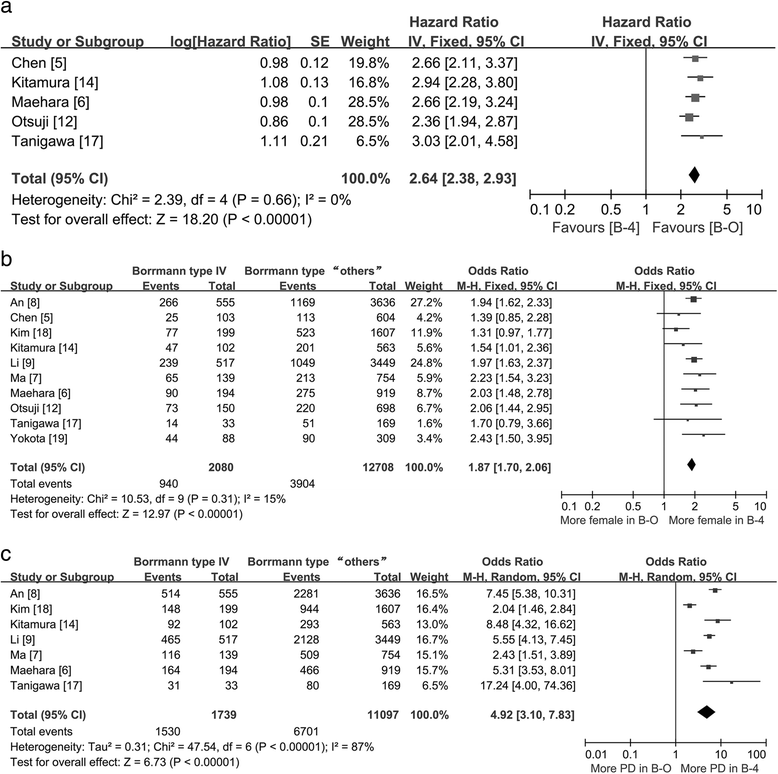



Clinicopathologic Characteristics And Prognosis Of Borrmann Type Iv Gastric Cancer A Meta Analysis World Journal Of Surgical Oncology Full Text




Measures Of Effect Relative Risks Odds Ratios Risk Difference And Number Needed To Treat Kidney International
The statistical question asked in a hazard rate is "does a specific exposure cause outcome quicker than to not being exposed" where the question inIt is interpreted in a similar manner to a confidence interval for a relative risk or odds ratio5 6 The 95% confidence interval for the population hazard ratio, 12 to 28, does not include unity—the state of equipoise betweenDeborah V Dawson PhD, SCM, Bruce L Pihlstrom DDS, MS, in Burt and Eklund's Dentistry, Dental Practice, and the Community, 21 Interpretation of the Hazard Ratio Hazard ratios of interest are derived using the regression coefficient of the Cox model and can reflect comparison of two different sets of covariate values as shown previously or a single covariate



Hazard And Odds Ratios Image Eurekalert Science News Releases
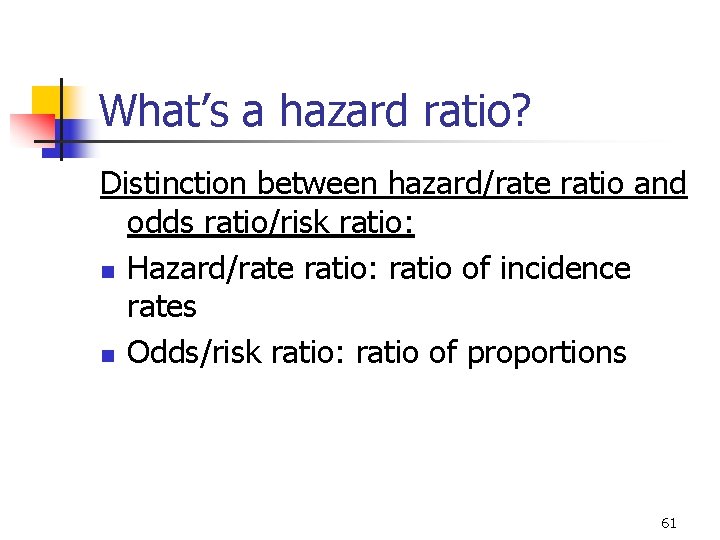



Kaplanmeier Methods And Parametric Regression Methods Kristin Sainani
Odds Ratio (OR) measures the association between an outcome and a treatment/exposure Or in other words, a comparison of an outcome given two different groups (exposure vs absence of exposure) OR is a comparison of two odds the odds of an outcome occurring given a treatment compared to the odds of the outcome occurring without the treatmentEven an odds ratio; Risk Ratio vs Odds Ratio Whereas RR can be interpreted in a straightforward way, OR can not A RR of 3 means the risk of an outcome is increased threefold A RR of 05 means the risk is cut in half But an OR of 3 doesn't mean the risk is threefold;



Drmeta
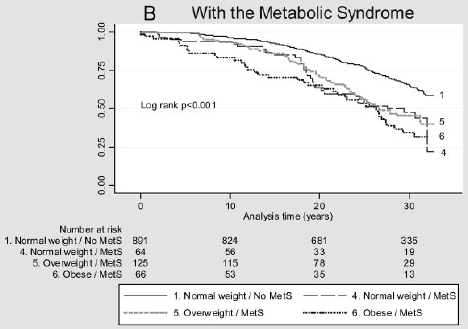



Lesson 13 Proportional Hazards Regression Stat 507
The Hazard ratio (HR) is one of the measures that in clinical research are most often difficult to interpret for students and researchers In this post we will try to explain this measure in terms of its practical use You should know what the Hazard Ratio is, but we will repeat itThe difference between hazardbased and timebased measures is akin to the difference between the odds of winning a race and the margin of victory 1 When a study reports one hazard ratio per time period, it is assumed that difference between groups was proportional3 Difference in log hazard ratio of dropout from the maintenance treatment program corresponding to a 1 mg difference in the methadone dosage between clinic B and A 2 3 Log hazard ratio of dropout from the maintenance treatment program between two individuals whose dosage differs by 1 mg and who are at clinic B
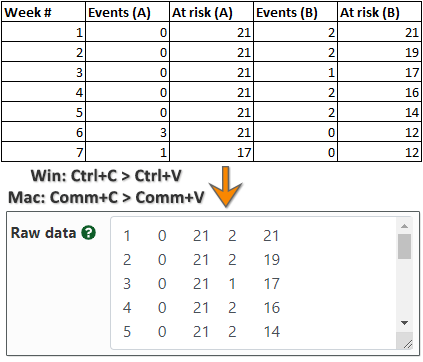



Hazard Ratio Calculator Calculate Hazard Ratio Hr Confidence Intervals P Value




Simple Way To Visualise Odds Ratios In R Stack Overflow
The 95% confidence interval for the population hazard ratio represents the uncertainty of the sample hazard ratio as an estimate of the population parameter;Odds are the ratio of the probability of an ev ent occurring in a group, divided by the probability of that ev ent not occurring odds = π 1 − π For example, if probability of death in a While hazard ratios, relative risks, and odds ratios all show relative risk, there's plenty to distinguish them from one another, particularly around how they're calculated and interpreted That's why it's important to know which one



Beaumont Cloud Cme Com Launchscorm Aspx Caseid 112 Userid 0 Video True




Confidence Intervals And P Values
A rate ratio, ;About Press Copyright Contact us Creators Advertise Developers Terms Privacy Policy & Safety How works Test new features Press Copyright Contact us Creators Dos conceptos estadísticos muy usuales en el lenguaje de la Medicina son el concepto de Odds ratio (Ver el tema dedicado a las Medidas de la relación entre variables cualitativas) y el concepto de Hazard ratio (Ver los temas dedicados al Análisis de supervivencia y a la Regresión de Cox)
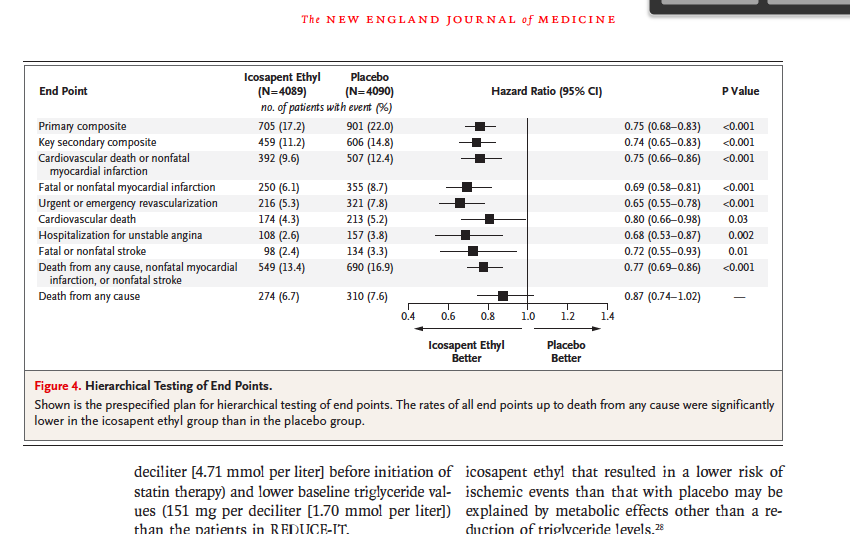



State The Mean Median Hr Hazard Ratio Chegg Com




Relative Risk Odds Ratios Youtube
Odds ratios (OR) are commonly reported in the medical literature as the measure of association between exposure and outcome However, it is relative risk that people more intuitively understand as a measure of association Relative risk can be directly determined in a cohort study by calculating a risk ratio (RR)Odds Ratio, Hazard Ratio and Relative Risk Janez Stare1 Delphine MaucortBoulch2 Abstract Odds ratio (OR) is a statistic commonly encountered in professional or scientific medical literature Most readers perceive it as relative risk (RR), although most of them do not know why that would be true But since such perception is mostlyA hazard ratio of 1 would indicate that there was no difference between treatments, whereas a hazard ratio of 2 would signify that the treatment group had twice the rate of an event, and a hazard ratio of 05 would signify that the treatment group had half the rate of an event RdB hazard ratio




7 Stats Ideas Research Methods Statistics Math Nursing Research




Thread By Profdfrancis Risk Ratio Odds Ratio Hazard Ratio 2nd And Final Part Of The Tweetorial From Orbita Hq Fun Easy And Informativ Meded Foamed Cardiology Cardiotwitter
An odds ratio (OR) is a statistic that quantifies the strength of the association between two events, A and B The odds ratio is defined as the ratio of the odds of A in the presence of B and the odds of A in the absence of B, or equivalently (due to symmetry), the ratio of the odds of B in the presence of A and the odds of B in the absence of A Hazard Ratios vs Risk Ratios (or Relative Risk) Hazard ratio is frequently interpreted as risk ratio (or relative risk), but they are not technically the same However, if that helps you to understand hazard ratio then it is OK But keep in mind HR is not RRA value lower than 100 indicates decreased risk The 95% confidence intervals and statistical
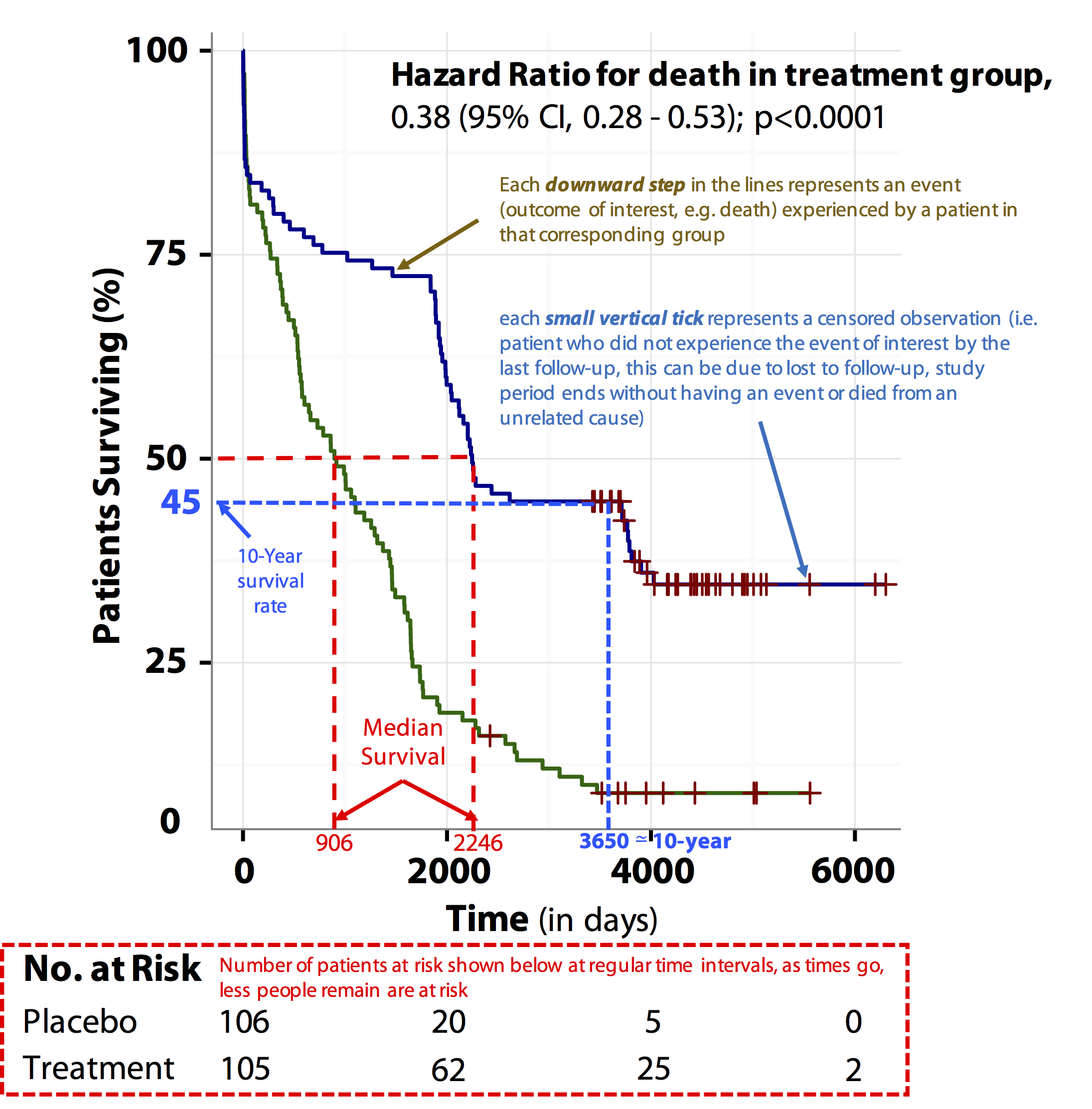



Tutorial About Hazard Ratios Students 4 Best Evidence
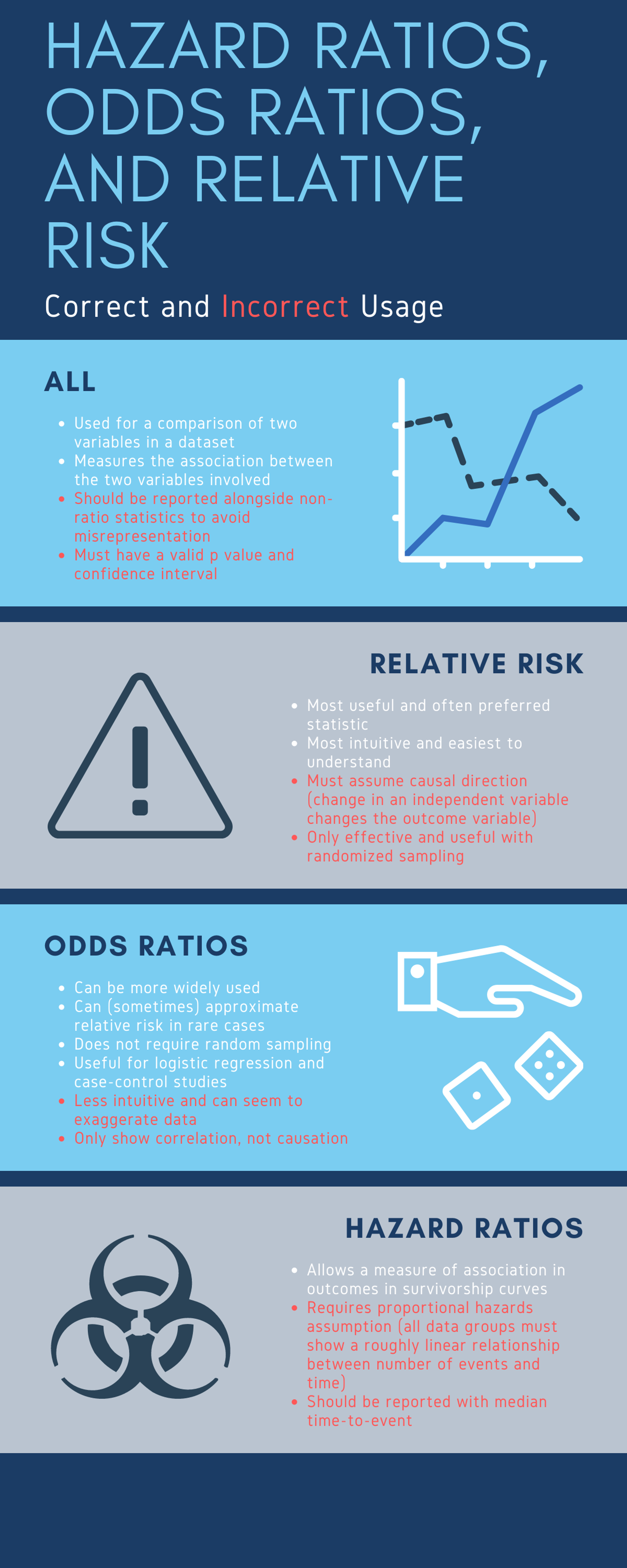



Cureus What S The Risk Differentiating Risk Ratios Odds Ratios And Hazard Ratios
RR Relative risk or RR is very common in the literature, but may represent a risk ratio, ;An odds ratio of 2 means that the event is 2 time more probable given a oneunit increase in the predictor It means the odds would double, which is not the same as the probability doubling In Cox regression, a hazard ratio of 2 means the event will occur twice as often at each time point given a oneunit increase in the predictor Risk ratios, odds ratios, and hazard ratios are three ubiquitous statistical measures in clinical research, yet are often misused or misunderstood in their interpretation of a study's results 1 A 01 paper looking at the use of odds ratios in obstetrics and gynecology research reported 26% of studies (N = 151) misinterpreted odds ratios as risk
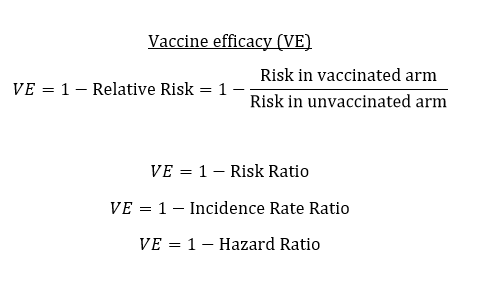



Know The Nuances Of Vaccine Efficacy When Covering Covid 19 Vaccine Trials Association Of Health Care Journalists




Hazard Ratio Odds Ratio
In the general medical literature, rate is often incorrectly used for prevalence measuresThis video introduces Survival Analysis, and particularly focuses on explaining what the survival functions is, what the hazard is, and what the hazard ratioTo estimate the hazard ratio of death between treatment group A (trt=0) and treatment group C (trt=2) Output 1 Data set SURV, partial print out Obs Survcen Survtime Patid Trt 1 0 6063 1 2 0 4955 2 3 1 5364 0 4 0 6514




Reply On The Use Of Odds Ratios Versus Hazard Ratios Meta Regression And Heterogeneity In Meta Analyses Journal Of The American College Of Cardiology




Odds Ratios And Risk Ratios Youtube
Entities based on odds and hazard ratios When events in the intervention group are significantly less frequent than in the control group, then relative risk, odds ratio and hazard ratio (and their confidence intervals) will be less than 10 If the converse holds true, these values will




Pierfilippo De Sanctis Pfdesanctis Profile Pinterest
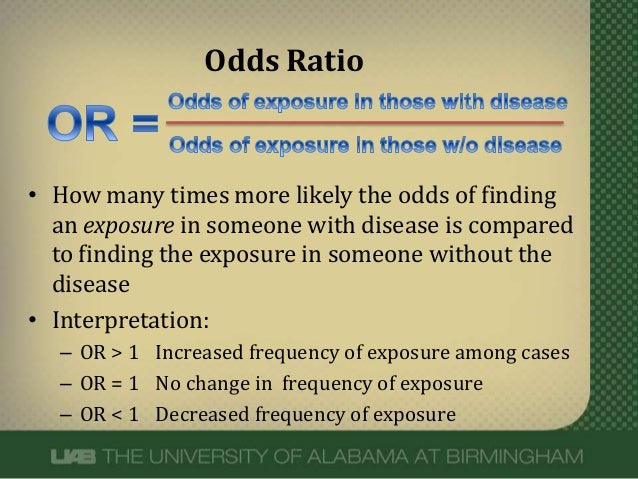



What Does An Odds Ratio Or Relative Risk Mean
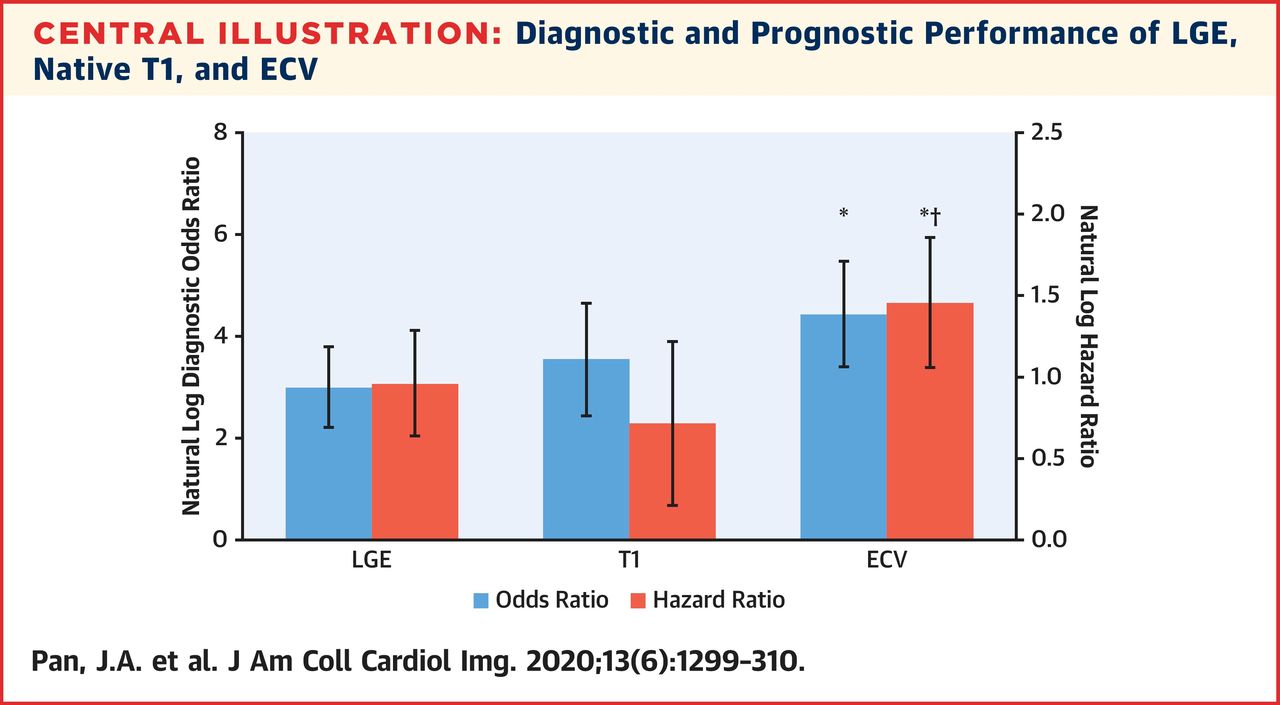



Jacc Journals Jaccimg Explores Cmr In Cardiac Amyloidosis T1 Mapping Has Similar Sensitivity Specificity While Avoiding Contrast Ecv Has Highest Diagnostic Odds Ratio Hazard Ratio For Adverse Events



Http Journal Emwa Org Observational Studies Odd Cases And Risky Cohorts Measures Of Risk And Association In Observational Studies Article 3240 Mew 263 Lang Pdf




Eposters How Big Is A Big Hazard Ratio




Odds Ratio Litfl Ccc Research



Plos One Pcsk9 Loss Of Function Variants And Risk Of Infection And Sepsis In The Reasons For Geographic And Racial Differences In Stroke Regards Cohort




Forestplots Of Measures Of Effects And Their Confidence Intervals Ggforestplot



Www Jstor Org Stable
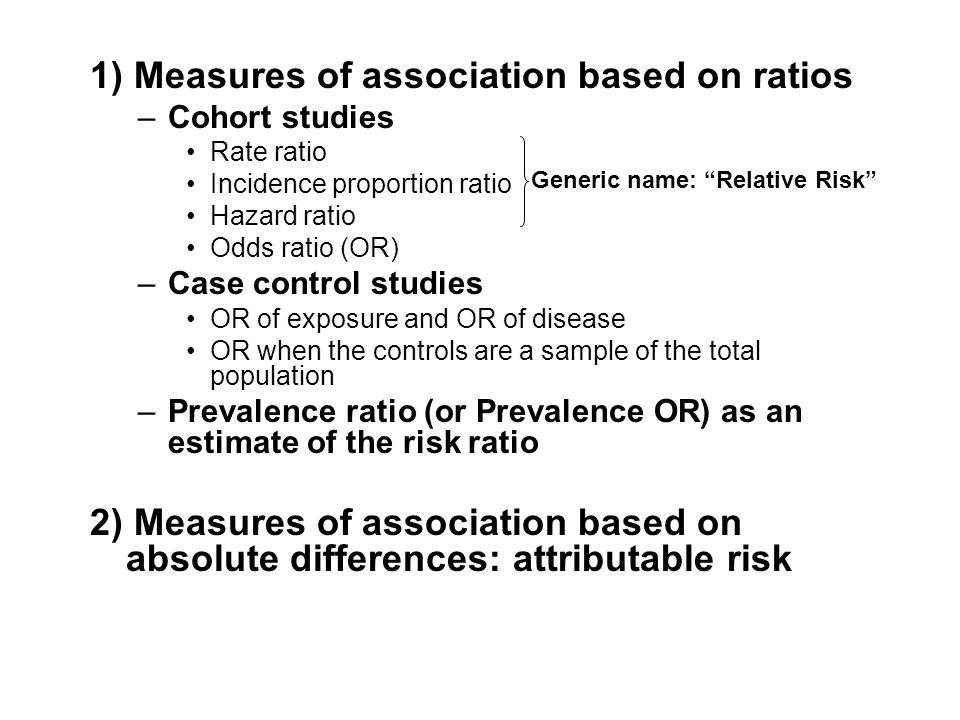



Measures Of Association Ppt Download




How To Be Awesome At Biostatistics And Literature Evaluation Part Ii Tl Dr Pharmacy




Ctspedia Ctspedia Clinaegraph001




Pdf What S The Risk Differentiating Risk Ratios Odds Ratios And Hazard Ratios Semantic Scholar




Using Ggforestplot Ggforestplot
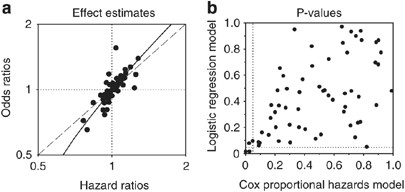



Cox Proportional Hazards Models Have More Statistical Power Than Logistic Regression Models In Cross Sectional Genetic Association Studies European Journal Of Human Genetics



Relative Risk Ratios And Odds Ratios
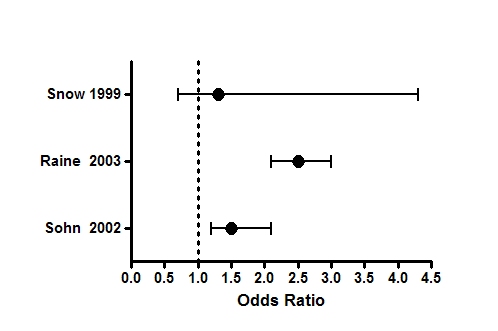



Graph Tip How Can I Plot An Odds Ratio Plot Also Known As A Forest Plot Or A Meta Analysis Plot Faq 809 Graphpad




How To Calculate Odds Ratio And Relative Risk In Excel Statology




The Difference Between Relative Risk And Odds Ratios The Analysis Factor




What Do All These Numbers Mean Odds Ratios Odds Ratio Pdf4pro
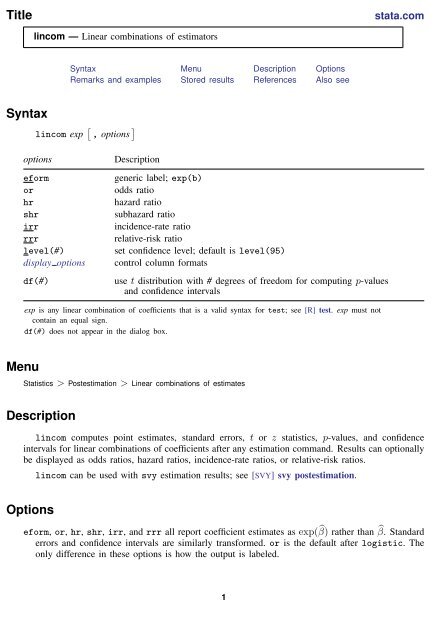



Lincom Stata




Graphical Presentation Of Relative Measures Of Association The Lancet



1




Relaciones Entre Riesgo Relativo Hazard Ratio Y Odds Ratio Download Scientific Diagram




Biostatistics Primer What A Clinician Ought To Know Hazard Ratios Sciencedirect



1
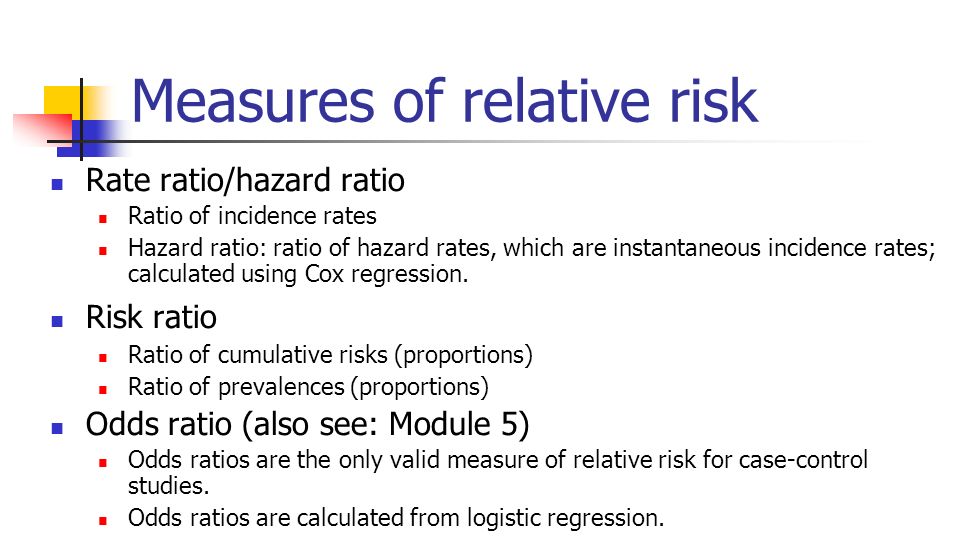



Statistics In Medicine Ppt Download



How To Remember The Differences Between Odds Ratio Hazard Ratio And Likelihood Ratio And In What Instances They Should Be Applied Quora
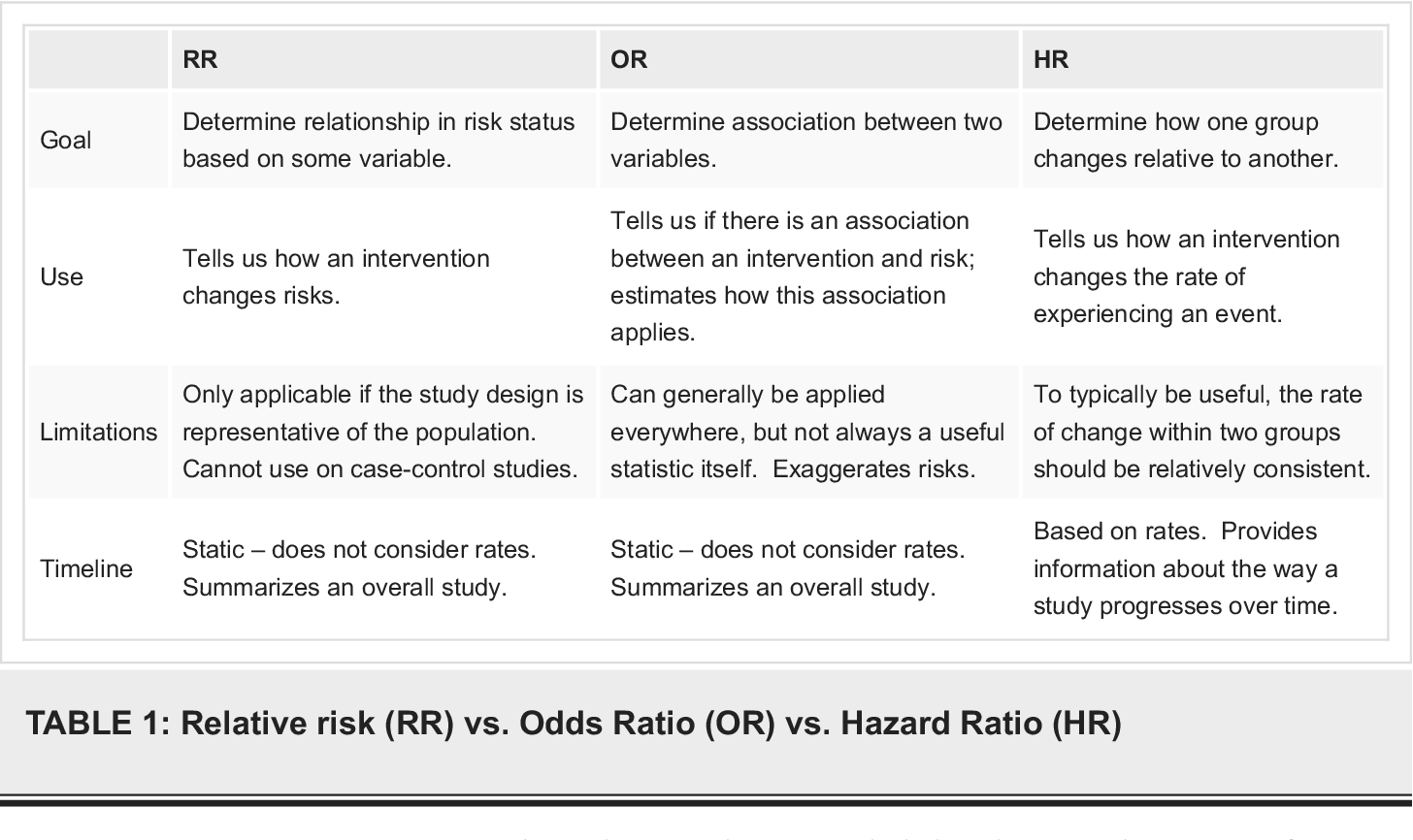



Pdf What S The Risk Differentiating Risk Ratios Odds Ratios And Hazard Ratios Semantic Scholar




Hazard Ratio In Clinical Trials Antimicrobial Agents And Chemotherapy




How To Tell The Difference Between A Hazard Ratio Relative Risk And Odds Ratio




How To Tell The Difference Between A Hazard Ratio Relative Risk And Odds Ratio
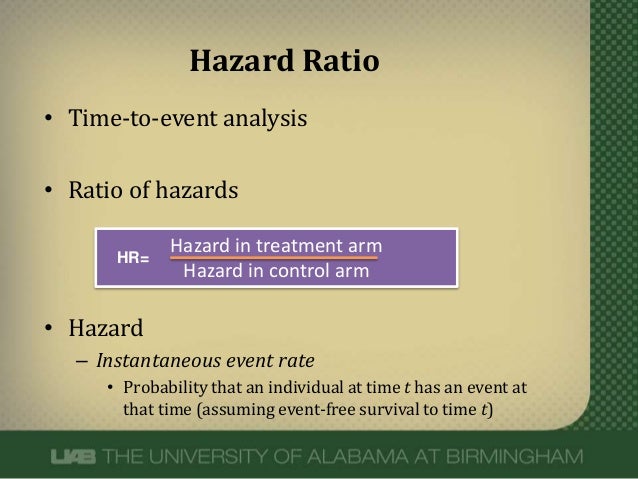



Hazard Ratios
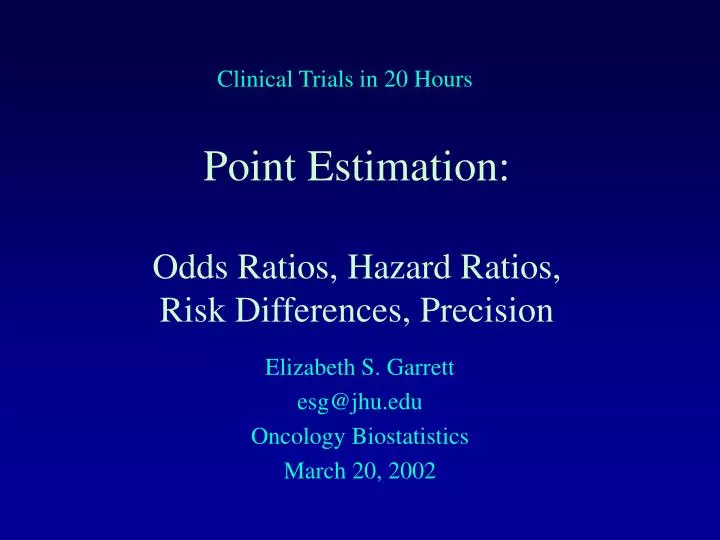



Ppt Point Estimation Odds Ratios Hazard Ratios Risk Differences Precision Powerpoint Presentation Id




Crude And Adjusted Measures Of Odds Ratio Or And Hazard Ratio Hr Download Table




Odds Ratio Hazard Ratio And Relative Risk Janez Stare Semantic Scholar




Interpreting Hazard Ratios Youtube



Plos One Bleeding Risk With Long Term Low Dose Aspirin A Systematic Review Of Observational Studies



Dlib Si Odds Ratio Hazard Ratio And Relative Risk




Effect Sizes Basicmedical Key




Should One Derive Risk Difference From The Odds Ratio 17 By Sander Bayes Datamethods Discussion Forum




Hazard Ratio An Overview Sciencedirect Topics




Interpreting Odds Ratio Senguptas Research Academy




Various Estimates For The Odds Ratios And Hazard Ratios Of Herpes Download Table




Odds Ratio Hazard Ratio And Relative Risk Janez Stare Semantic Scholar
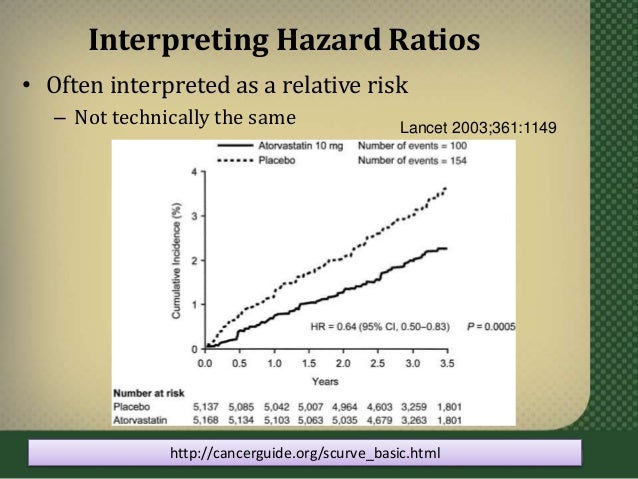



Hazard Ratios




Interpreting Hazard Ratios Youtube




Approximate Reciprocal Relationship Between Two Cause Specific Hazard Ratios In Covid 19 Data With Mutually Exclusive Events Medrxiv
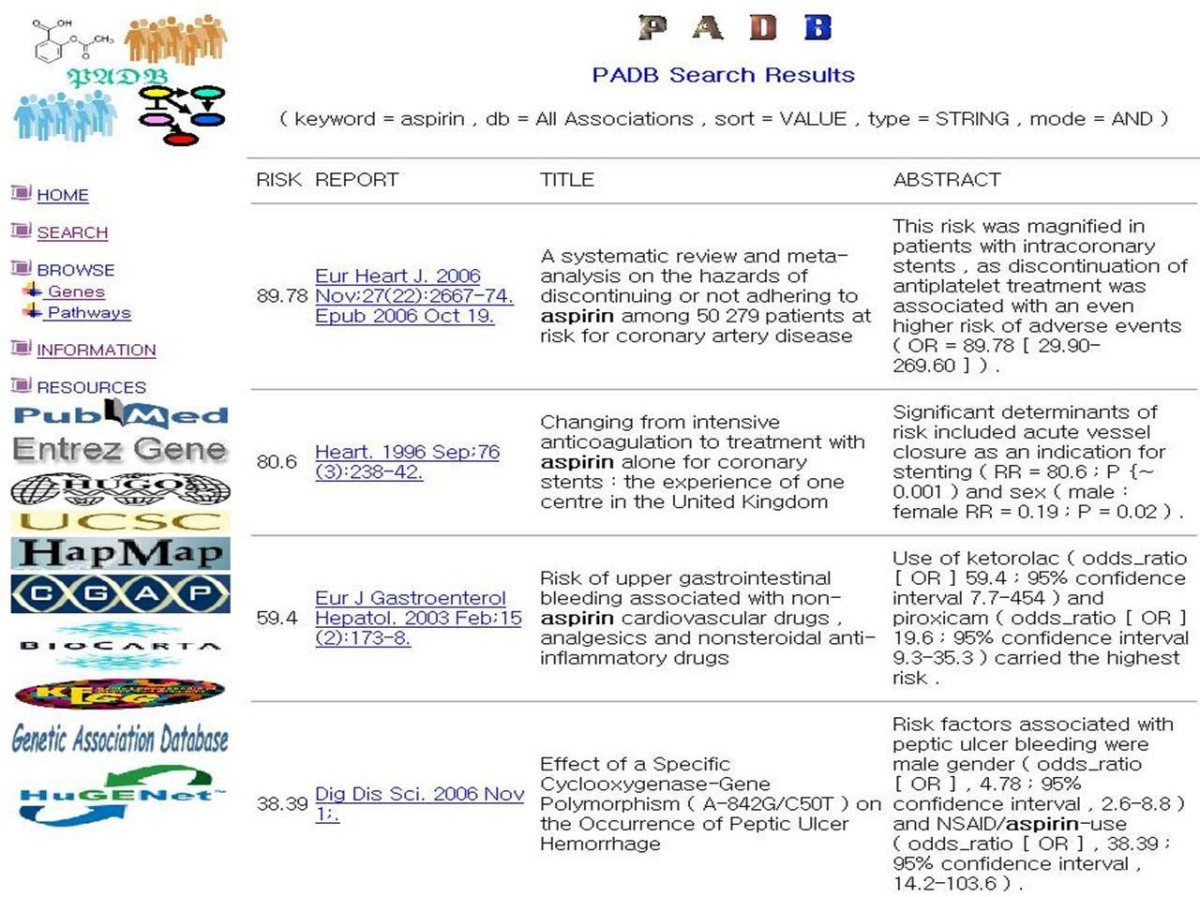



Padb Published Association Database Bmc Bioinformatics Full Text




Hazard Ratio Wikipedia




Statistics For Afp Dr Mohammad A Fallaha Afp
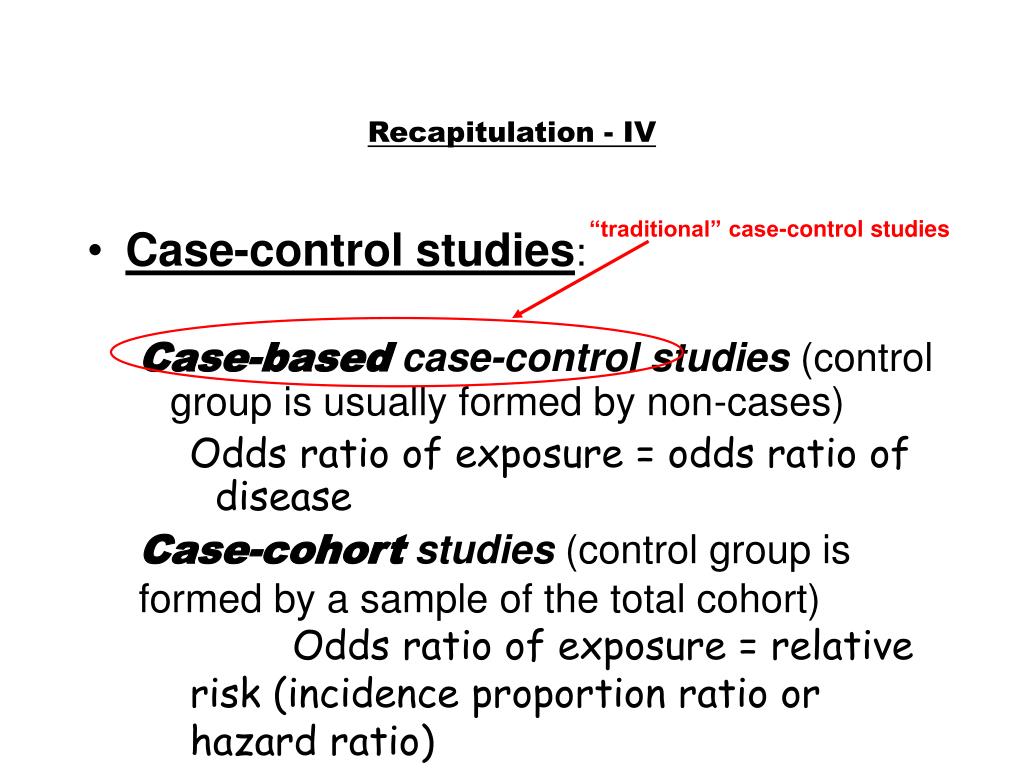



Ppt Measures Of Association Powerpoint Presentation Free Download Id




Odds Ratio Wikipedia




Jci Insight Plasma Copeptin And Chronic Kidney Disease Risk In 3 European Cohorts From The General Population




Odds Ratio And Hazard Ratio For Complications Download Table




Study Mortality With Hazard Rates Not Probabilities Biorxiv
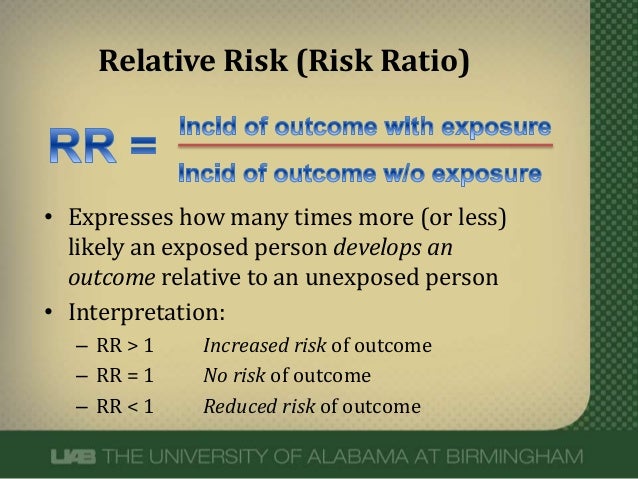



What Does An Odds Ratio Or Relative Risk Mean



How To Read A Forest Plot Cochrane Uk




Hazard Ratios And Survival Curves Youtube




Design And Analysis Of Clinical Study Odds Ratio And Relative Risk Dr Tuan V Nguyen Garvan Institute Of Medical Research Sydney Australia Ppt Download



Q Tbn And9gcqsrft9mxr7dpz7nmjrd2rigdx Ivp6aahq2v9iti13quuix7yw Usqp Cau




Statistics For Medical Students Geeky Medics
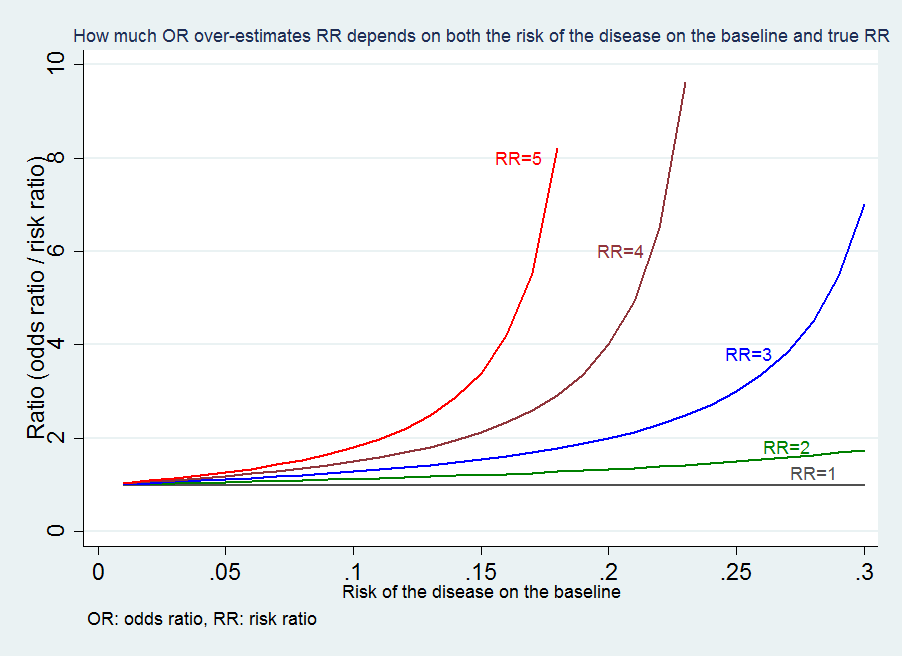



Medical Statistics And Data Science Statistics



Beaumont Cloud Cme Com Launchscorm Aspx Caseid 112 Userid 0 Video True




Study Mortality With Hazard Rates Not Probabilities Biorxiv
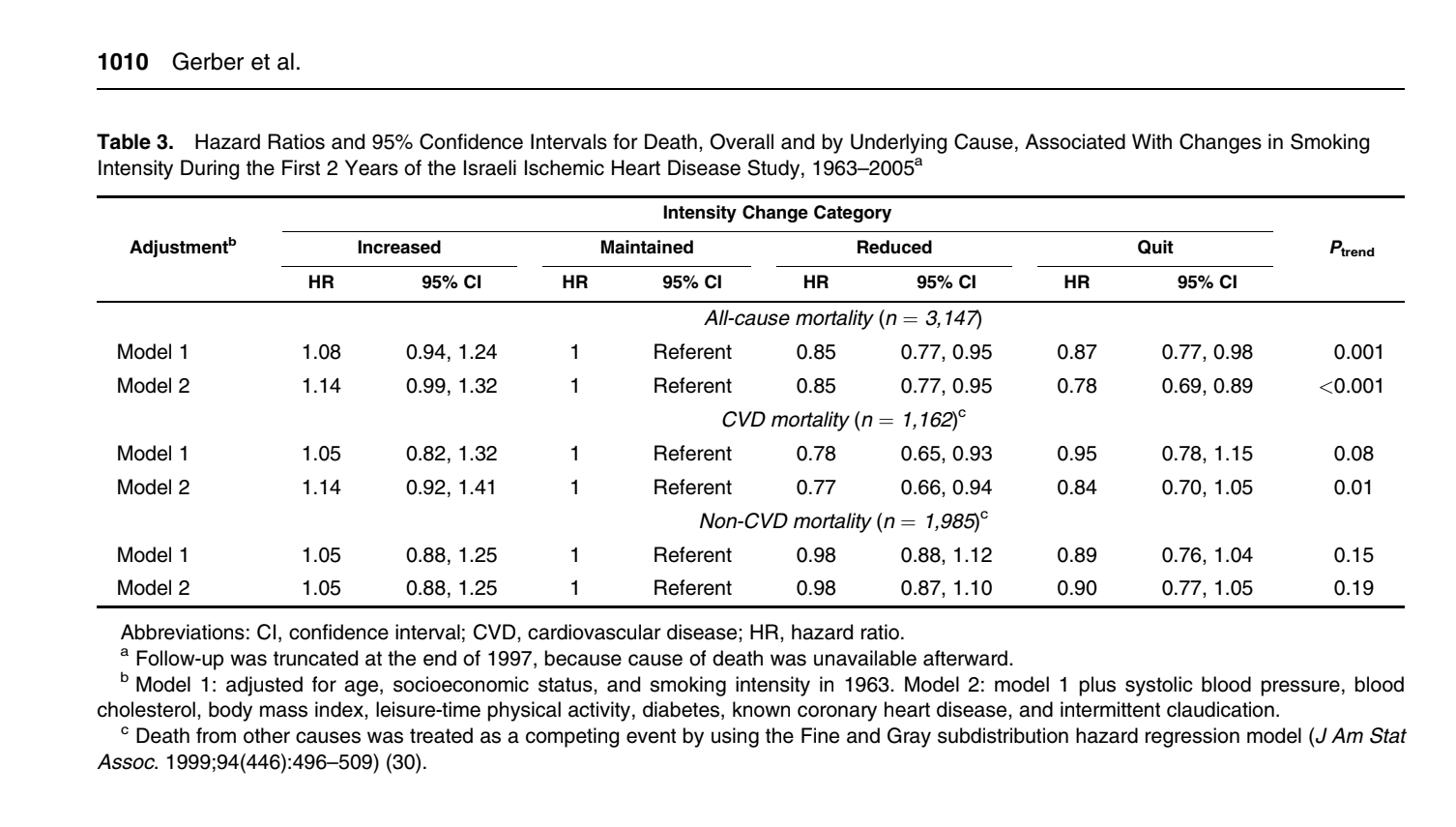



Solved Table 3 Provides Hazards Ratios 1 For The Reduce Chegg Com
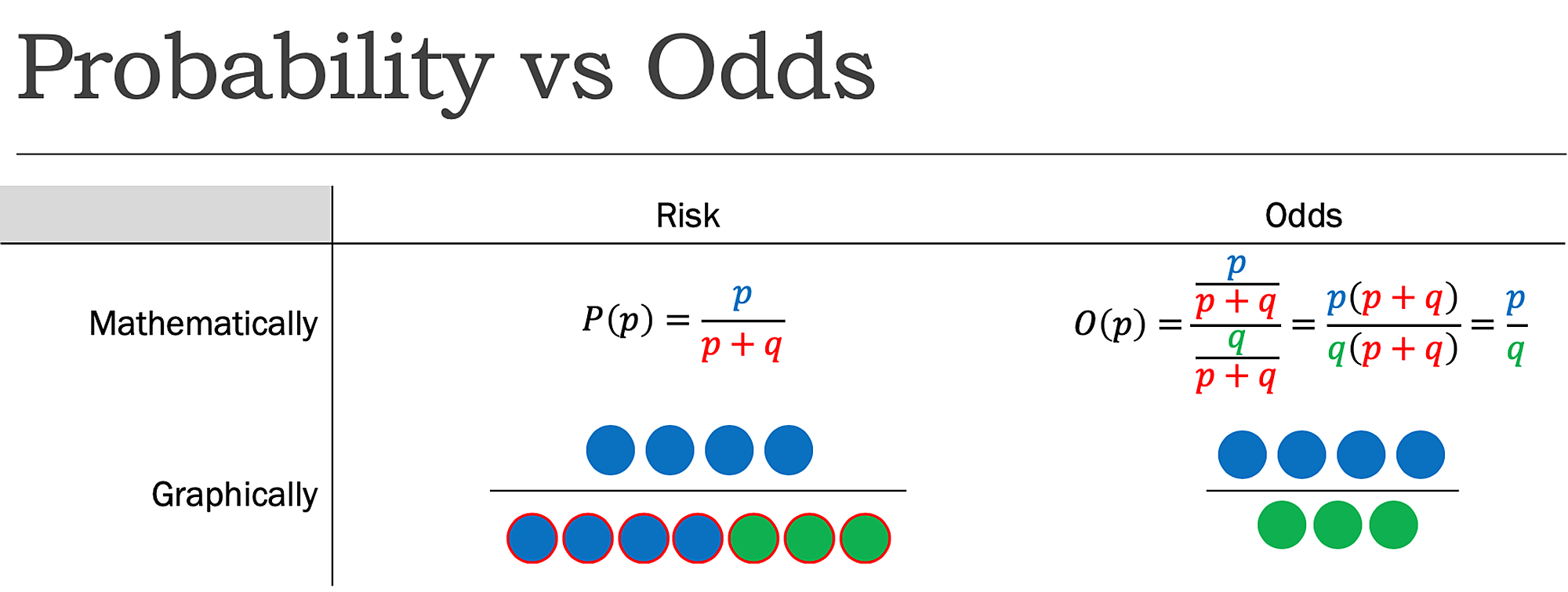



Cureus What S The Risk Differentiating Risk Ratios Odds Ratios And Hazard Ratios
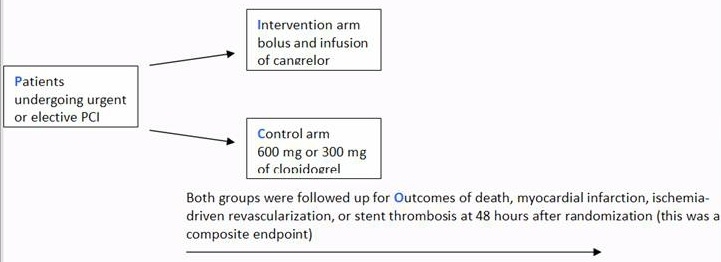



A Beginner S Guide To Interpreting Odds Ratios Confidence Intervals And P Values Students 4 Best Evidence




Association Of Bmi Diabetes And Risk Of Tuberculosis A Population Based Prospective Cohort International Journal Of Infectious Diseases




Frontiers Odds Ratio Or Prevalence Ratio An Overview Of Reported Statistical Methods And Appropriateness Of Interpretations In Cross Sectional Studies With Dichotomous Outcomes In Veterinary Medicine Veterinary Science




What Is The Difference Between The Risk Ratio Rr And The Odds Ratio Or Quora



Ibmi Mf Uni Lj Si Mz 16 No 1 P4 Pdf
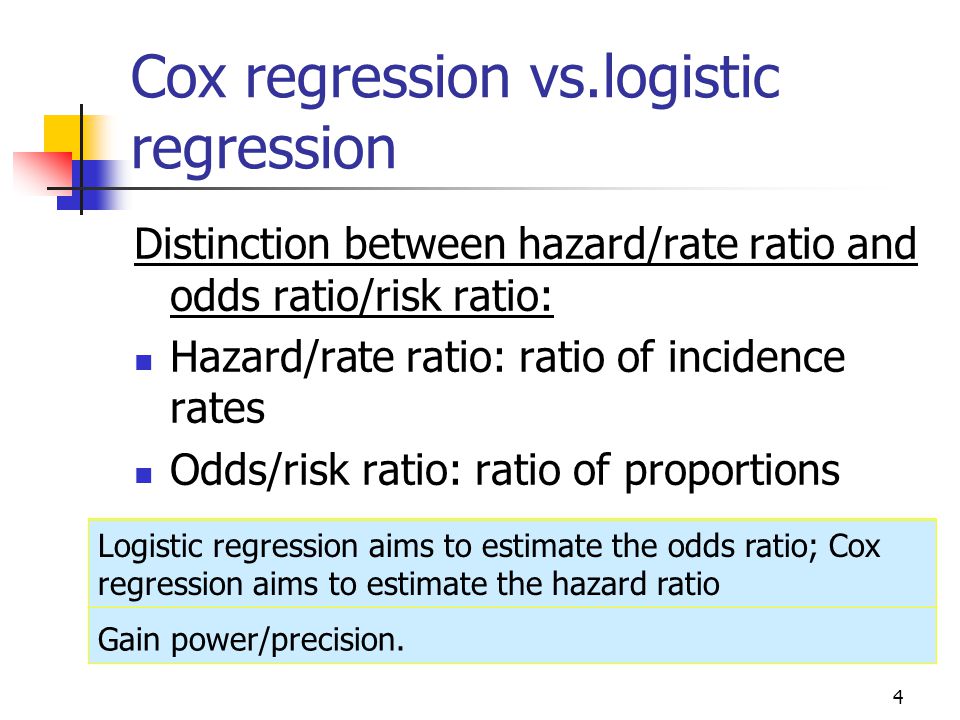



Statistics 262 Intermediate Biostatistics Ppt Video Online Download




13 5 Odds Ratio Plot R For Health Data Science




Hazard Ratio Relative Risk Or Odds Ratio Of Selected Outcomes For The Download Table




1 Relative Risks Odds Ratios Or Hazard Ratios Of Risk Factors For Download Table



0 件のコメント:
コメントを投稿